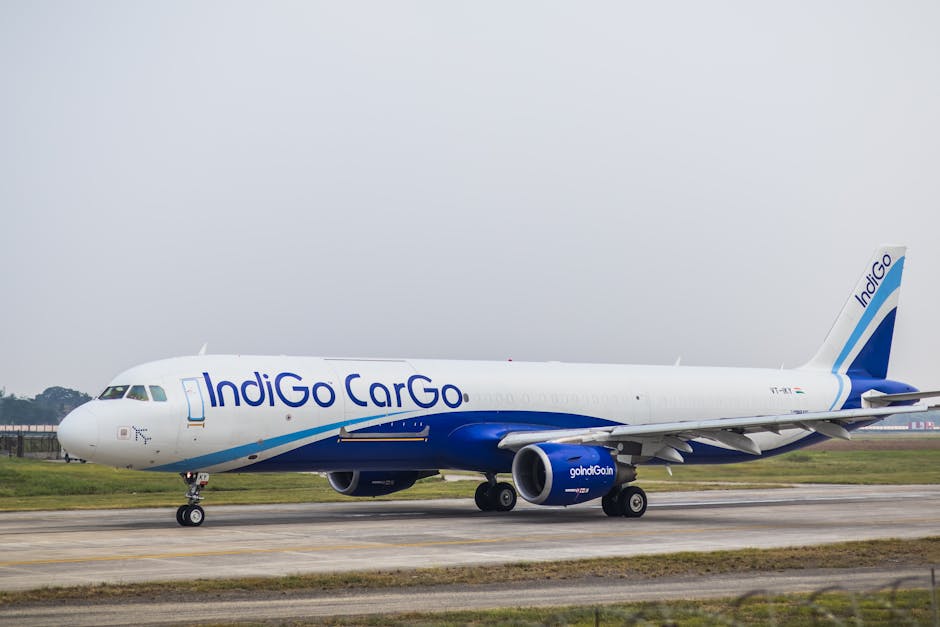In a tense aviation incident, an Air India flight from Amritsar, India, to the United Kingdom made an emergency landing after its Ram Air Turbine (RAT) deployed during the approach phase. The incident, which occurred recently, has sparked discussions about aircraft safety and emergency protocols. Passengers aboard flight AI 115 experienced moments of anxiety, but the skilled crew ensured a safe landing. The aircraft, a Boeing 787 Dreamliner, has been grounded pending a thorough investigation.
What Happened During the Incident?
The flight was on its final approach to a UK airport when the RAT—a device designed to provide emergency power in case of engine failure—unexpectedly activated. While the RAT is a standard safety feature, its deployment is typically reserved for extreme situations, such as a complete loss of engine power.
Preliminary investigations suggest the deployment may have been triggered by an electrical malfunction or system glitch. Air India confirmed the aircraft’s engines were operational throughout the flight, ruling out engine failure as the cause.
Passenger Experience: Calm Amidst Chaos
Passengers described the moments before landing as tense but commended the crew for their professionalism. “We felt a sudden jolt, and the lights flickered,” said one passenger. “The crew remained calm and assured us everything was under control.”
Another passenger reported hearing unusual mechanical noises during the descent. “The cabin crew immediately prepared for an emergency landing, and their composure was remarkable,” they added.
Air India’s Response: Prioritizing Safety
Air India issued a statement confirming the safe landing of the aircraft and the well-being of all passengers and crew. The airline emphasized that the RAT deployment is a precautionary measure to ensure safety. “The aircraft is grounded for a detailed inspection, and we are working with regulatory authorities to determine the cause,” the statement read.
The airline also highlighted the rigorous training of its crew in handling emergencies. “We are proud of our crew’s professionalism in ensuring a safe outcome,” it added.
Industry Implications: A Call for Improved Safety
This incident has reignited discussions about aircraft maintenance and safety standards in the aviation industry. While the RAT deployment did not lead to a catastrophe, it underscores the need for continuous improvements in safety systems.
Aviation experts noted that the Boeing 787 Dreamliner, despite its advanced technology, has faced technical issues in recent years. This incident may prompt a closer examination of the aircraft’s systems and potential updates to prevent similar occurrences.
What’s Next for the Aircraft and Passengers?
The grounded Boeing 787 will undergo a comprehensive inspection by Air India’s technical team, with support from Boeing engineers. The findings will be shared with aviation regulators, and any necessary corrective actions will be implemented. Air India has arranged alternative flights for affected passengers and apologized for the inconvenience.
As the aviation industry continues to recover from the challenges of the COVID-19 pandemic, incidents like this serve as a reminder of the importance of maintaining robust safety standards.
Stay tuned for updates on this developing story.




